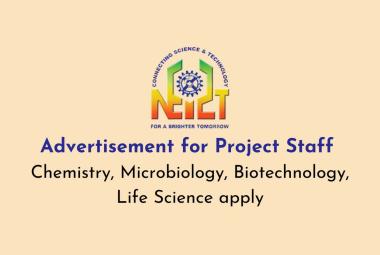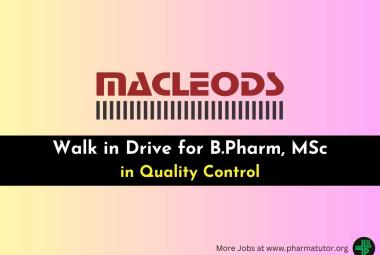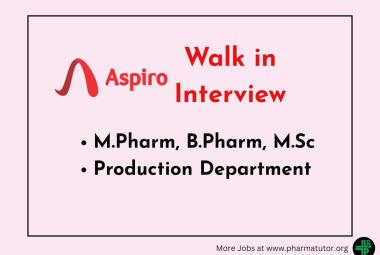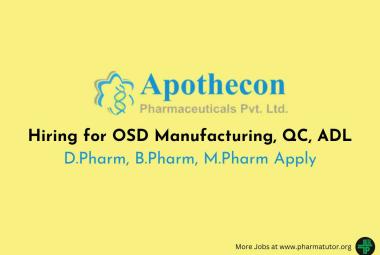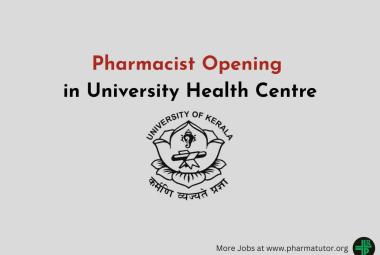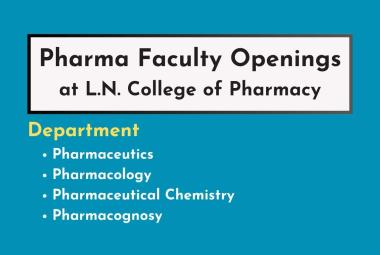ROLE OF CASHEW NUTS AND OTHER NUTS IN THE MANAGEMENT OF DIABETES: A CLINICAL REVIEW
 About Authors:
About Authors:
Satyanand Tyagi*, Patel Chirag J1, Tarun Parashar2, Soniya2, Rishikesh Gupta3, Devesh Kaushik4
*President, Tyagi Pharmacy Association & Scientific Writer (Pharmacy),
Chattarpur, New Delhi, India-110074.
Prof. Satyanand Tyagi is a life time member of various pharmacy professional bodies like IPA, APTI and IPGA. He has published various research papers, review articles and short communications. He is member of Editorial Advisory Board for some reputed Pharmacy Journals. He is appointed as an Author for International Pharmaceutical Writers Association (IPWA). (Appointed as an author for the chapters of book on Pharmaceutical Chemistry). His academic work includes 62 Publications (52 Review Articles, 08 Research Articles and 02 short Communications of Pharmaceutical, Medicinal and Clinical Importance, published in standard and reputed National and International Pharmacy journals; Out of 62 publications, 11 are International Publications). His research topics of interest are neurodegenerative disorders, diabetes mellitus, cancer, rare genetic disorders, psycho-pharmacological agents as well as epilepsy.
1Department of Pharmaceutics, Maharishi Arvind Institute of Pharmacy, Mansarovar, Jaipur, Rajasthan, India-302020.
2Department of Pharmaceutics, Himalayan Institute of Pharmacy and Research, Rajawala, Dehradun, Uttarakhand, India-302020.
3Institute of Pharmacy, Bundelkhand University, Jhansi, Uttar Pradesh, India-284128.
4Territory Business Manager, Diabetes Division, Abbott Healthcare Private Limited, Okhla, New Delhi, India- 110020.
*sntyagi9 @yahoo.com, +91-9871111375/9582025220
ABSTRACT:
Diabetes is usually a lifelong (chronic) disease in which there are high levels of sugar in the blood. Diabetes, often referred to by doctors as diabetes mellitus, describes a group of metabolic diseases in which the person has high blood glucose (blood sugar), either because insulin production is inadequate, or because the body's cells do not respond properly to insulin, or both. Patients with high blood sugar will typically experience polyuria (frequent urination), they will become increasingly thirsty (polydipsia) and hungry (polyphagia). Cashew nuts have a relatively high fat content, but it's what dieticians consider “good fat.” It's good fat because it has the ideal fat ratio of 1:2:1 for saturated, monosaturated, and polyunsaturated fat.




 About Authors:
About Authors: 
